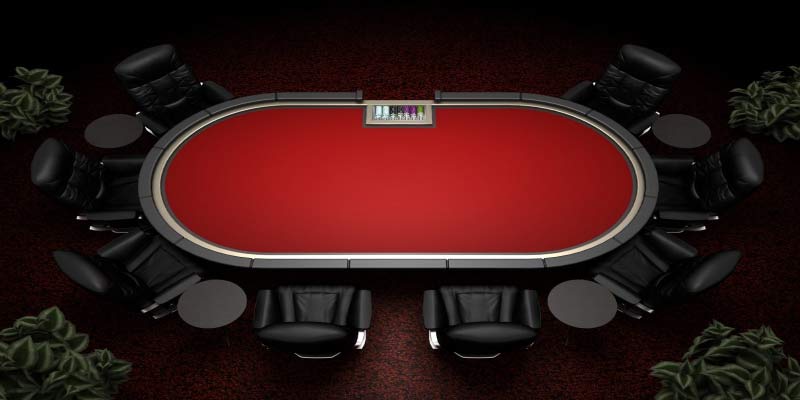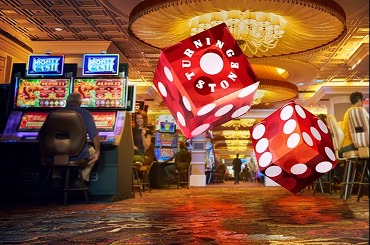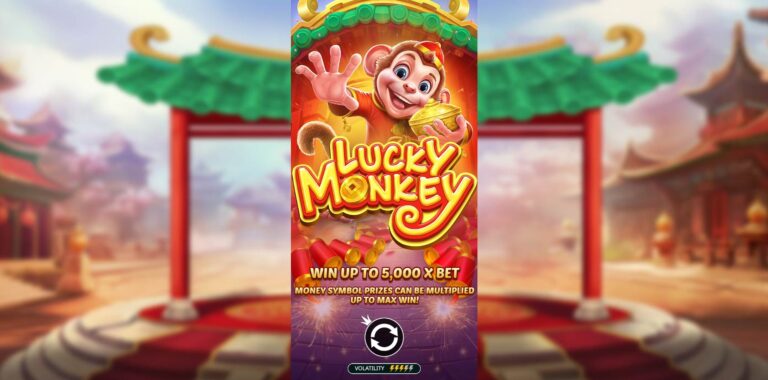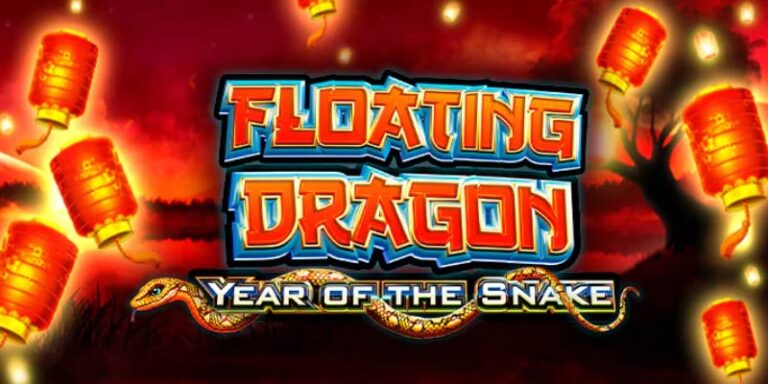
The Ultimate Guide to Poker Tables: Choosing the Perfect Table
Poker is one of the most popular card games worldwide, whether played casually among friends or professionally in high-stakes tournaments. A crucial element of any great poker game is the poker tables. The right table enhances gameplay, provides comfort, and adds a professional touch to your setup J88.
In this comprehensive guide, we’ll explore everything you need to know about poker tables, including:
-
Types of poker tables
-
Key features to consider
-
Materials and construction
-
Best poker tables for different budgets
-
DIY poker table options
-
Maintenance and care tips
By the end, you’ll have all the information needed to choose the perfect poker table for your home game or casino.
1. Types of Poker Tables
1.1. Professional Poker Tables
Designed for casinos and high-end poker rooms, these poker feature premium materials like speed cloth, high-density foam, and sturdy wood or metal frames. They often include cup holders, chip trays, and dealer positions.
1.2. Folding Poker Tables
Ideal for home games, folding poker tables are portable and easy to store. They typically feature a sturdy base and a padded playing surface that folds in half for compact storage.
1.3. Convertible Poker Tables
These multi-functional tables serve as dining or conference tables when not in use for poker. They often have a removable top or a reversible surface.
1.4. Outdoor Poker Tables
Made from weather-resistant materials like aluminum and waterproof felt, outdoor tables are perfect for backyard games.
1.5. Custom Poker Tables
For a personalized touch, custom poker allow you to choose the size, shape, felt color, and even custom logos.
2. Key Features to Consider When Buying a Poker Table
2.1. Size and Shape
-
Round tables (4-6 players) – Best for small groups.
-
Oval tables (8-10 players) – The most common home game size.
-
Octagonal tables (8 players) – Great for a balanced playing experience.
-
Rectangular tables (10+ players) – Used in tournaments.
2.2. Playing Surface Material
-
Speed Cloth – Reduces friction for smooth card dealing.
-
Casino-Grade Felt – Durable and provides a professional feel.
-
Suede Cloth – Soft and luxurious but requires more maintenance.
2.3. Padding and Comfort
A high-density foam rail (1-2 inches thick) ensures arm comfort during long sessions.
2.4. Cup Holders and Chip Trays
Built-in cup holders prevent spills, while chip trays keep the game organized.
2.5. Leg Style and Stability
-
Pedestal base – Offers legroom for all players.
-
Folding legs – Great for portability.
-
Solid wood legs – Provides maximum stability.
3. Best Poker Tables for Different Budgets
3.1. Budget-Friendly Poker Tables (100−300)
-
Barrington Poker – A popular folding option with a decent playing surface.
-
Fat Cat Poker – Affordable with a padded rail and cup holders.
3.2. Mid-Range Poker Tables (300−800)
-
BBO Poker Tables – High-quality folding tables with premium felt.
-
Trademark Poker Tables – Durable construction with a professional feel.
3.3. High-End Poker Tables (800−3,000+)
-
Chanman Poker Tables – Custom-made tables with tournament-grade materials.
-
Gorilla Poker Tables – Heavy-duty construction for serious players.
4. DIY Poker Tables: Building Your Own
For those who love a hands-on project, building a table can be a rewarding experience.
4.1. Materials Needed
-
Plywood (for the base)
-
High-density foam (for the rail)
-
Speed cloth or casino felt
-
Vinyl or leather for the rail covering
-
Cup holders and chip trays (optional)
4.2. Step-by-Step Guide
-
Cut the Base – Shape the plywood into an oval or round design.
-
Add the Rail Foam – Glue foam around the edges for cushioning.
-
Cover with Felt – Stretch and staple speed cloth over the playing surface.
-
Finish the Rail – Wrap the rail in vinyl and secure it.
-
Add Accessories – Install cup holders and chip trays if desired.
5. Poker Table Maintenance and Care
To keep your poker in top condition:
-
Clean the Felt Regularly – Use a soft brush or microfiber cloth.
-
Avoid Food and Drinks Spills – Use coasters and enforce a no-food rule.
-
Store Properly – Keep folding tables in a dry place when not in use.
-
Replace Worn-Out Felt – Over time, the playing surface may need re-felting.
6. Frequently Asked Questions (FAQs)
Q1: What is the standard size of a poker table?
A: A full-size table is typically 92″ x 44″ (oval) or 48″ – 54″ in diameter (round).
Q2: Can I use a regular table for poker?
A: Yes, but a dedicated poker table enhances gameplay with proper padding and a smooth surface.
Q3: How many players can a poker table seat?
A: Most home tables seat 8-10 players, while tournament tables can fit 10+.
Q4: What’s the best material for poker table felt?
A: Speed cloth is the best for smooth card slides and durability.
Conclusion
Choosing the right poker tables can make or break your game experience. Whether you’re looking for a budget-friendly folding table, a high-end professional setup, or a DIY project, this guide has covered all the essentials.



